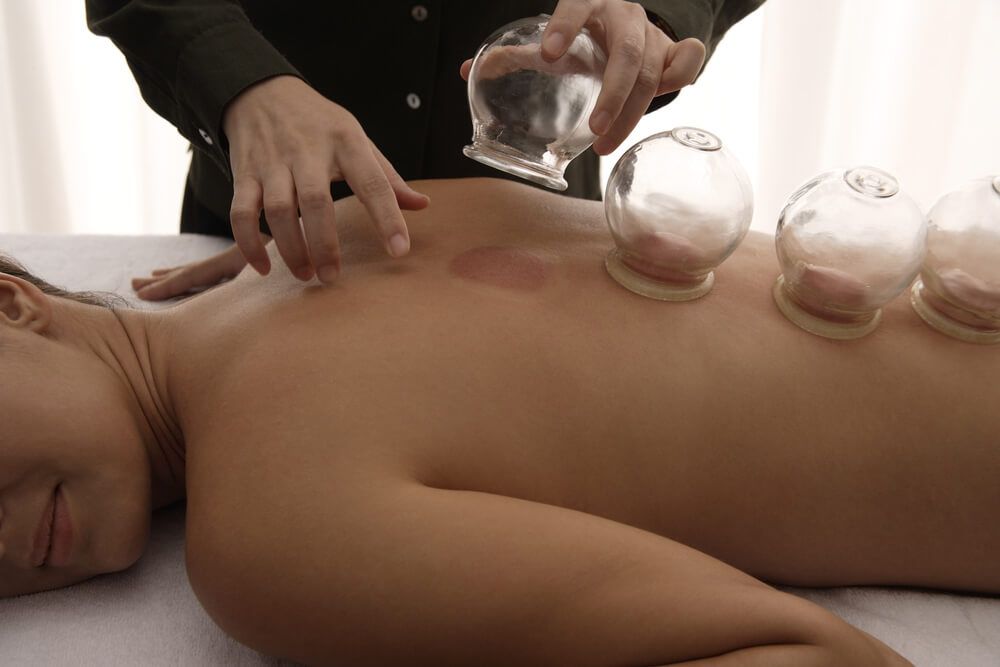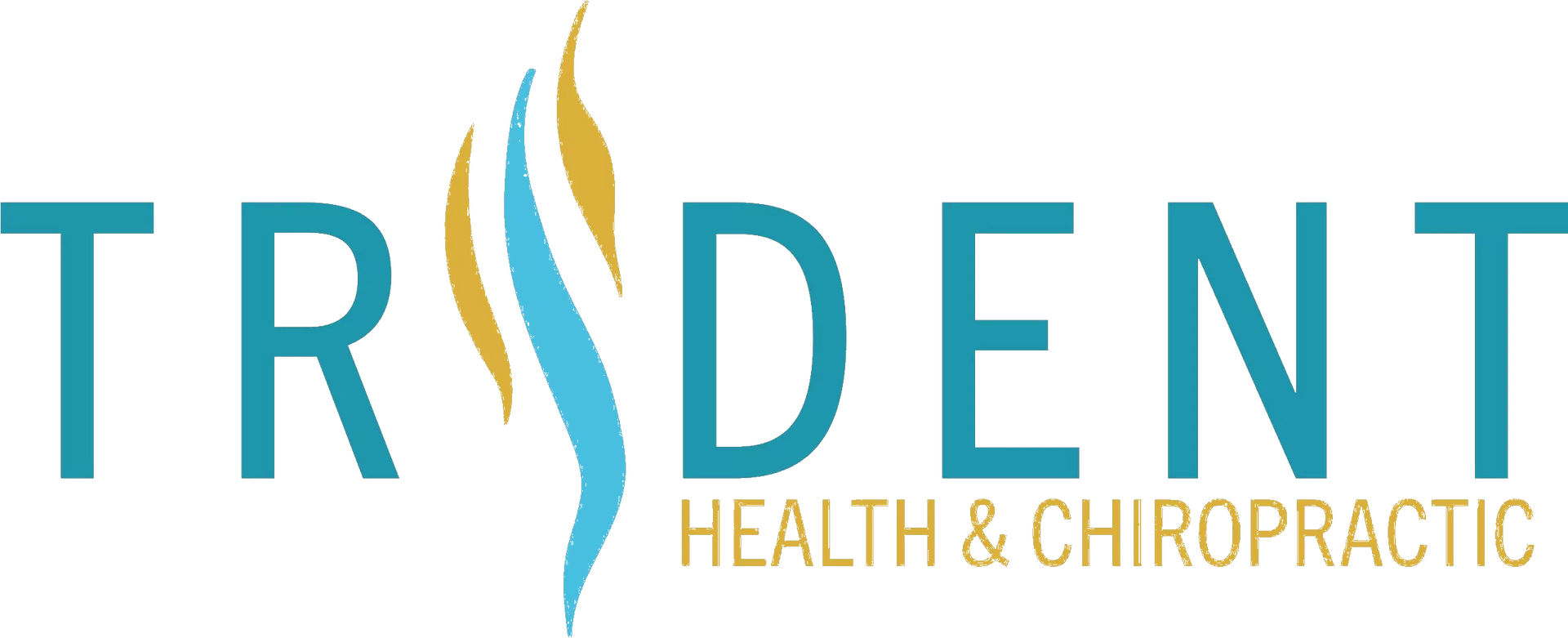At Trident Health & Chiropractic, we offer cupping therapy in Spartanburg, South Carolina. An ancient practice rooted in Chinese and Middle Eastern traditions, is known for addressing numerous health issues.
The cupping method involves applying cups to the skin to create suction on targeted body areas. The resulting suction impacts the skin and blood vessels, leading to health improvements. This gentle, non-invasive technique has been found to provide significant relief and advantages to many of our clients. Our Spartanburg team is expertly trained in the art of Cupping Therapy, equipped and eager to assist you with your wellness goals.

All About Cupping Therapy in Spartanburg
Cupping therapy in Spartanburg, South Carolina is an ancient form of alternative medicine where cups are placed on the skin to create suction. Traditionally rooted in Chinese medicine, this practice has also been used in Middle Eastern cultures.
The therapy involves silicone cups and then placing them on the skin, creating a vacuum as the air inside cools. This suction process is believed to stimulate blood flow, relax muscles, and potentially draw out toxins from the body.
Cupping is often used to alleviate pain, improve circulation, relieve muscle tension, and promote relaxation and overall well-being. It's also commonly used in conjunction with other treatments like acupuncture and massage. The technique leaves distinctive, circular marks on the skin, which are temporary and indicative of the blood flow stimulation.
Understanding How Cupping Therapy Works
Cupping therapy works through a process of suction that targets the skin and underlying tissues.
Here's a breakdown of how it typically works:
- Application of Cups: The therapist places specially designed cups on the skin. These cups can be made of glass, bamboo, silicone, or earthenware.
- Creating Suction: Suction is created in one of two ways:
- Heat-Based Suction: The traditional method involves heating the air inside the cup, usually with a flame, and then placing the cup upside down on the skin. As the air inside cools, it contracts and creates a vacuum, pulling the skin slightly into the cup.
- Pump-Based Suction: Modern versions use a hand-operated pump to create suction without heat.
- Skin and Tissue Response: The suction from the cups increases circulation to the area where the cups are placed. This can stimulate muscle relaxation, promote blood flow, and sedate the nervous system, which makes it an excellent treatment for high blood pressure.
- Detoxification: By drawing blood to the surface, the theory is that the process helps to rid the body of toxins, although this is more a traditional belief than scientifically proven.
- Duration of Treatment: The cups are usually left in place for a few minutes, which is sufficient time to allow the therapy to work.
- Aftereffects: Cupping often results in painless bruising or marks on the skin, which are temporary but can last for several days.
Cupping therapy is considered to be a type of deep-tissue massage, and its proponents believe it can alleviate a range of conditions, from muscle pain and stiffness to respiratory disorders. However, it's important to note that while many people find cupping helpful, scientific evidence supporting its effectiveness for various health conditions is limited.
Different Types of Cupping Therapy
Cupping therapy has evolved into various types, each with unique techniques and purposes.
Here are some of the main types:
- Dry Cupping: This is the most common form of cupping. It involves creating a vacuum inside glass or plastic cups and then placing them on the skin. The suction effect draws the skin into the cup without any use of liquids.
- Wet Cupping (Hijama): In this method, after the cups are applied and removed, small incisions are made on the skin, and then the cups are re-applied to draw out a small quantity of blood. It combines suction with controlled medicinal bleeding.
- Moving Cupping: Also known as gliding cupping, this involves applying oil to the skin before placing the cups. The therapist then glides them over different areas, particularly beneficial for muscle pain and knots.
- Fire Cupping: Here, the practitioner soaks a cotton ball in alcohol and lights it on fire, briefly placing it inside the cup to heat the air before placing the cup on the skin. The cooling air creates a vacuum.
- Needle Cupping: Acupuncture needles are inserted into the skin, and the cups are placed over the needles. This combines the benefits of both cupping and acupuncture.
- Herbal Cupping: In this type, herbal oils or concoctions are applied to the skin before the cups are placed. The suction helps the skin absorb the herbal remedies.
- Silicone Cupping: Silicone cups are squeezed and then placed on the skin, providing a milder suction. These are easier to move around the skin than traditional cups.
- Water Cupping: This involves filling the cup partially with warm water and then placing it on the skin. As the cup cools, a vacuum forms, creating the suction effect.
- Magnetic Cupping: This combines cupping therapy with magnetic therapy by using cups with magnetic attachments. This method is believed to enhance the therapeutic effect by integrating magnetic energy.
Each type of cupping has its specific indications and techniques, and the choice depends on the individual's condition and the desired therapeutic outcome. It's important to have cupping performed by a qualified practitioner, as each type has its safety protocols and contraindications.
Benefits of Cupping
Cupping therapy offers many benefits
Some of the key benefits include:
- Pain Relief: Cupping is often used to reduce pain from various conditions, including back and neck pain, rheumatic diseases like arthritis, and migraines.
- Muscle Relaxation: The suction created by the cups can help to relax tense muscles and ease stiffness.
- Improved Circulation: By drawing blood to the affected area, cupping can improve circulation.
- Detoxification: Traditional beliefs hold that cupping helps to remove toxins from the body.
- Stress Reduction: The process of cupping can be quite relaxing.
- Skin Health Improvement: Cupping is thought to improve skin health by increasing blood flow and may even reduce acne or eczema.
- Respiratory Issues: It's sometimes used to help alleviate symptoms of respiratory conditions like bronchitis or asthma by promoting lung capacity and respiratory function.
- Digestive Improvement: In traditional medicine, cupping is also used to improve digestion and reduce symptoms of conditions like irritable bowel syndrome (IBS).
- Boosting Immune Function: The therapy is believed to stimulate the immune system, enhancing resistance to diseases.
- Reducing Fatigue: Individuals experiencing general fatigue or conditions like fibromyalgia can often find relief.




